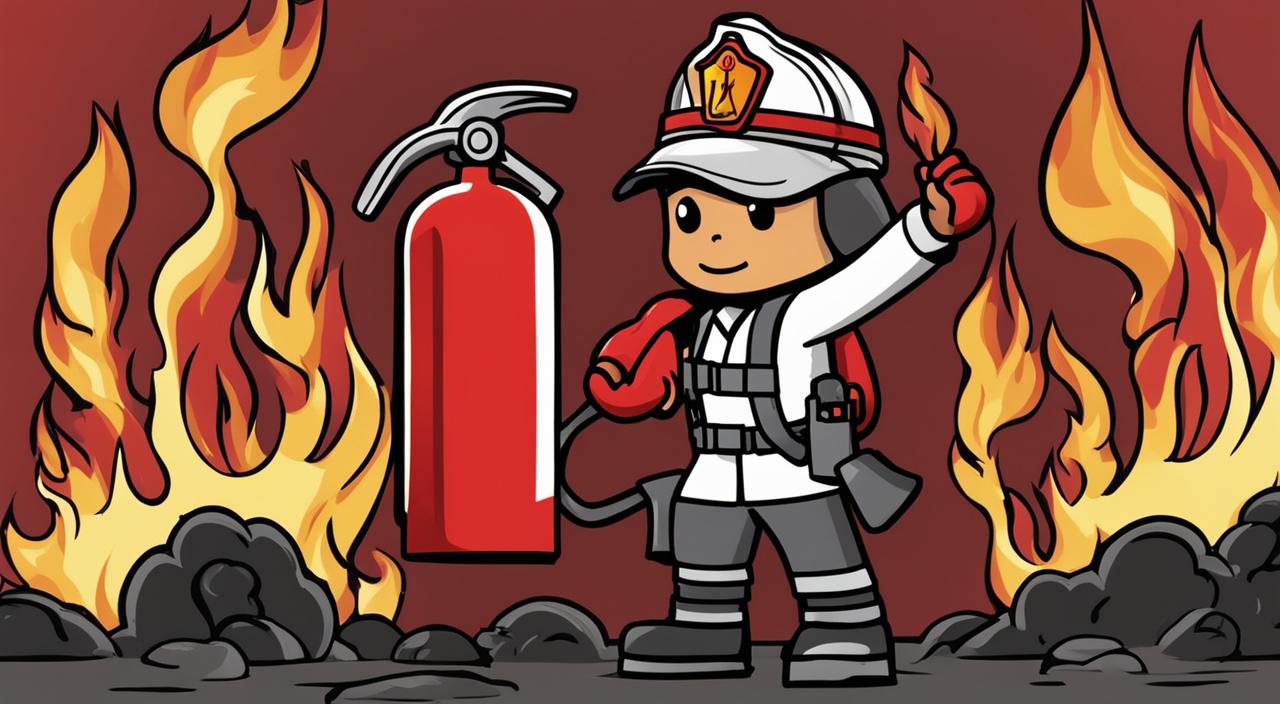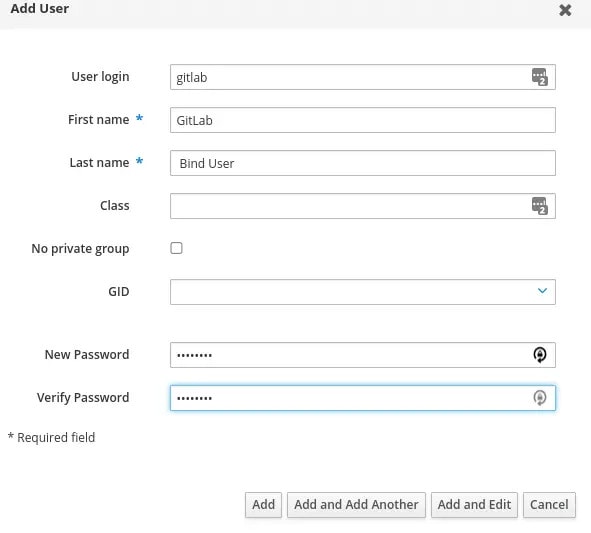
A Personal Emergency Evacuation Plan (PEEP) is an individualized plan created for people who require assistance or special arrangements to safely evacuate a building during an emergency, particularly a fire. PEEP stands for Personal Emergency Evacuation Plan. It is used to ensure that individuals with disabilities or impairments get the specific help they need during evacuation.
PEEPs are tailored to the individual’s needs and may include information about escape routes, designated safe areas, specific evacuation procedures, required equipment (such as evacuation chairs), and staff responsibilities. PEEPS need to be regularly reviewed and updated to ensure their effectiveness.
Who Needs a PEEP?
A Personal Emergency Evacuation Plan (PEEP) is an essential tool for individuals who require assistance or special arrangements to evacuate a building during an emergency, particularly those with disabilities or impairments.
PEEPs are designed to ensure the safety and well-being of these individuals by addressing their unique needs and circumstances.
Who exactly needs a PEEP? The answer is anyone who may have difficulty evacuating a building in an emergency.
This includes individuals with mobility impairments, sensory impairments (such as blindness or hearing loss), certain medical conditions, cognitive impairments, neurodiverse or mental health conditions, and those who may have difficulties comprehending emergency procedures.
Temporary PEEPs may also be required for pregnant individuals or those with temporary physical injuries.
Each PEEP is personalized to the individual and their workplace, taking into account their specific needs. By having a PEEP in place, individuals can have peace of mind knowing that they will receive the necessary assistance and accommodations during an evacuation.
Benefits of Having a PEEP:
- Ensures the safety of individuals with disabilities or impairments during building evacuations
- Addresses the unique needs and circumstances of each individual
- Provides peace of mind for both individuals and their employers
- Facilitates a more efficient and organized evacuation process
- Helps meet legal obligations by providing adequate means of evacuation
Having a PEEP in place is crucial for promoting inclusivity and ensuring the safety and well-being of all individuals in the event of an emergency. By recognizing the importance of PEEPs and implementing them effectively, we can create a safer and more inclusive environment for everyone.

What is in a PEEP?
A Personal Emergency Evacuation Plan (PEEP) contains crucial information and measures to ensure the safe evacuation of individuals with disabilities or impairments during emergencies, particularly fires. Here is what you can expect to find in a PEEP:
Escape Route
- The PEEP outlines the specific escape route that the individual will take during a fire evacuation.
- It identifies the safest and most accessible path to exit the building, considering factors such as mobility limitations or sensory impairments.
Refuge Area
- The PEEP designates refuge areas where individuals can wait for assistance during the evacuation process.
- These areas are strategically located and equipped to provide temporary safety and support until further assistance arrives.
Equipment
- Depending on the individual’s needs, the PEEP may specify any special equipment required for evacuation.
- This can include evacuation chairs, communication devices for those with hearing impairments, or any other assistive devices necessary for a safe and swift evacuation.
Training
- The PEEP may include details about the training provided to individuals with PEEPs and the staff responsible for assisting them.
- This training ensures that everyone involved is well-prepared and knowledgeable about their roles and responsibilities during an emergency evacuation.
It is important to regularly review and update PEEPs to ensure their effectiveness and to accommodate any changes in the individual’s needs or the premises they occupy.
By including these essential elements in a PEEP, individuals with disabilities or impairments can have a personalized plan in place to navigate potential emergencies with confidence and safety.
Importance of Fire Risk Assessment and PEEPs
Fire risk assessment is a critical step in ensuring the safety of the premises and its occupants. Under the Regulatory Reform (Fire Safety) Order 2005, those responsible for premises have a legal duty to conduct regular fire risk assessments. These assessments aim to identify potential fire hazards, evaluate the risks, and implement necessary measures to mitigate them.
One important aspect of fire risk assessment is the creation of Personal Emergency Evacuation Plans (PEEPs) for individuals who require assistance or special arrangements during evacuations. PEEPs are customized plans tailored to the specific needs of individuals with disabilities or impairments.
They provide vital information about escape routes, designated safe areas, required equipment, and staff responsibilities.
By incorporating PEEPs into the fire risk assessment process, premises owners and employers ensure that everyone, including those with disabilities or impairments, can evacuate safely in the event of a fire. PEEPs play a crucial role in minimizing risks and protecting vulnerable individuals.
Regular review and updates of PEEPs are essential to maintain their effectiveness and compliance with fire safety regulations.
In conclusion, fire risk assessment and the implementation of PEEPs are not only legal requirements but also indispensable for the well-being and safety of everyone on the premises.
By conducting comprehensive assessments and creating personalized plans, premises owners fulfill their legal duty and provide a secure environment that prioritizes the needs of every individual during emergencies.






